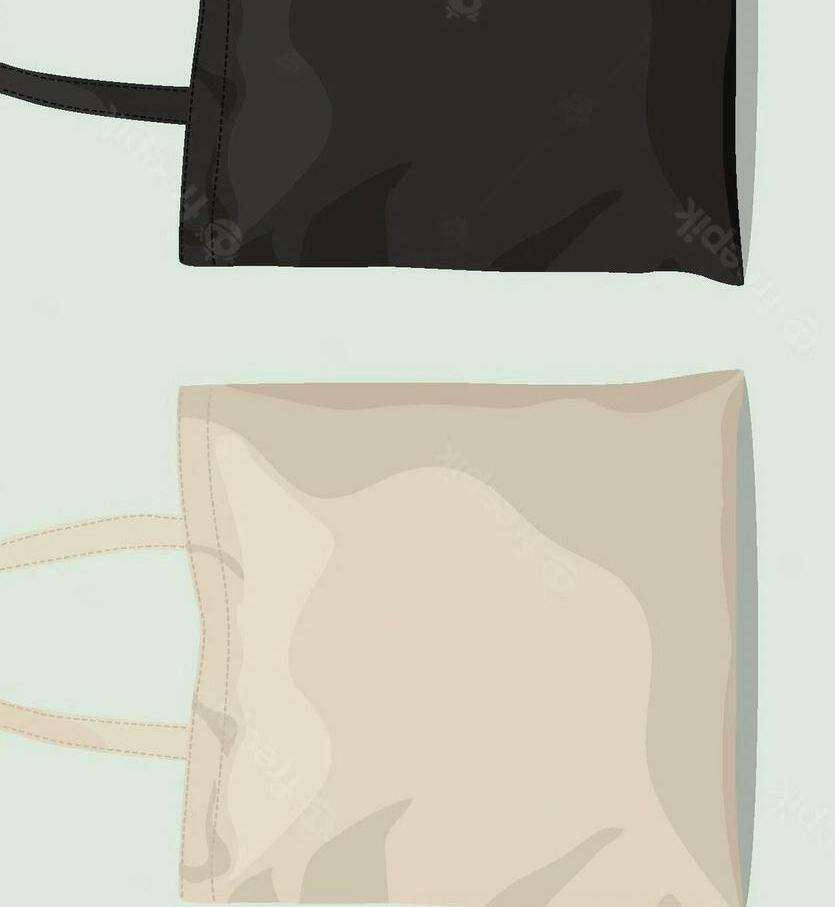
4 minute read
America
INDIA ME VS ME IN AMERICA
A journey of intersecting two cultural identities
Advertisement
TANVEE SAI
social media manager


Idid not want to go to India this summer. I did not want to leave my friends or my home. I did not want to spend a month in a hot, sticky country across the world, only to put away my crop tops and shorts to please my grandma. But once I stepped out of the airport, I realized what it meant to be home.
I was not born or raised in India, but every other summer, my family and I would travel the country to visit relatives and family friends. I would be dragged around to greet everyone, boring myself through the same conversations.
My mom had been raving about this India trip since 2019 because this summer, we were going to celebrate my grandparent’s 50th wedding anniversary. They celebrated their anniversary in 2020, but my mom had to patiently wait two years until travel restrictions were lifted to celebrate with her family. For those two years, my mother would constantly tell me how she missed her parents and wanted to return to her home – India. I would sit through these conversations, waiting for them to be over, unable to understand why she so desperately wanted to return. In my head, her home was in the US with my dad and me. After going to India and spending the entire month with just her family, I finally understood why she so desperately wished to see her people and motherland.
The second we gathered as a family, eagerly greeting and exchanging hugs and kisses, my heart suddenly filled with overwhelming love and joy. I was thrilled to be in my country with people who looked like me.
The longer I was in India, the more Indian I felt. I was wearing clothes that I received from my family, speaking more Hindi than I ever had in the US and appreciating the food, music and lifestyle. I began dreading the day I would come home, not wanting to return to being the person I was in America.
Even though I could not wear my comfortable crop tops and shorts, I decided I needed to learn how to accommodate the weather and the needs of my family and societal norms to be happy. I understood that being home in India meant I became a different version of myself. With my change in clothing came a change in my attitude. I opened my eyes to the culture I had been exposed to growing up but ignored. I watched as cows walked by me on the streets, and the rickshaws and scoot-
ers zoomed “past our apartment complex. I absorbed it all in and made it into a part of myself.
I realized that every trip to India was like this. I would visit and evolve into a version of myself who basked in her culture, connected to her heritage and ate food I would not appreciate at all at home. I would then return to the US and become the person who would hide these parts to fit into American society.
I go to my country, surrounded by people who look like me, living with those who love and empower me. I am freed from any stress and obsession with the beauty standards in American media. Detached from the white narrative, I can create a version of myself that matches the place where I came from — only to come back and assimilate right back into those archetypes.
I decided it was time to break this cycle on the flight back from India. I could wear a crop top with shorts but still adorn Indian-style accessories. Or I could wear a printed top that my aunt got from me in India, paired with shorts that I wear in the US. I could add Bollywood songs to my playlists with English music and talk to my friends about Indian pop culture, not just American trends. I needed to learn what it meant to allow different versions of myself to intersect and stop trying to detach one from another. I could balance my cultural identities and learn how to combine the two instead of pushing one to the side when in a particular setting. Being Indian-American means I am not American enough for some people but not Indian enough for others. But it is vital for me to remind myself that I am enough of both, and I am the only person who can make these identities work together in a way that fits me TANVEE SAI she/they
“I BEGAN DREADING THE DAY I WOULD COME HOME, NOT WANTING TO RETURN TO BEING THE PERSON I WAS IN AMERICA. TANVEE SAI ” I NEEDED TO LEARN WHAT IT MEANT TO ALLOW DIFFERENT VERSIONS OF MYSELF TO INTERSECT AND STOP TRYING TO DETACH ONE FROM ANOTHER. ” TANVEE SAI










